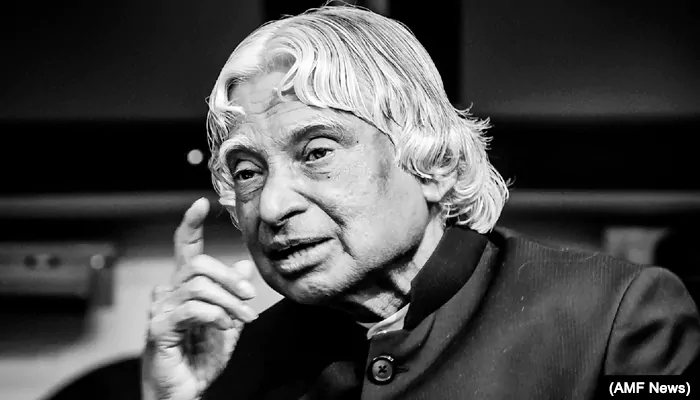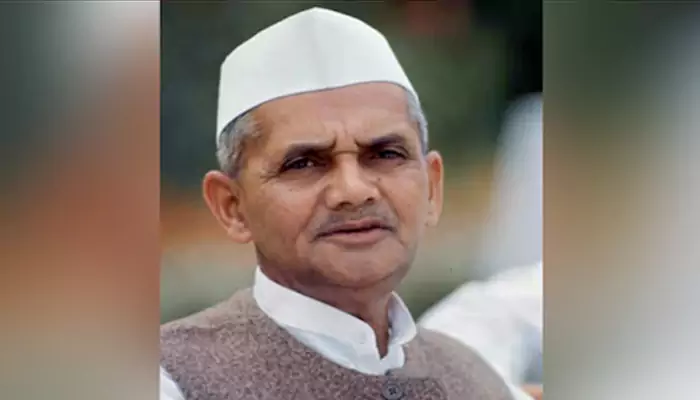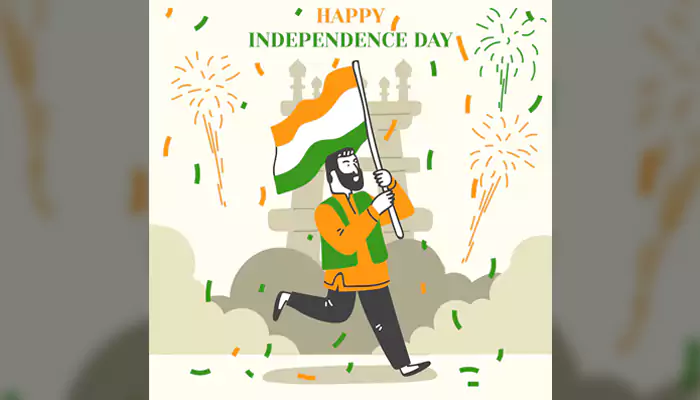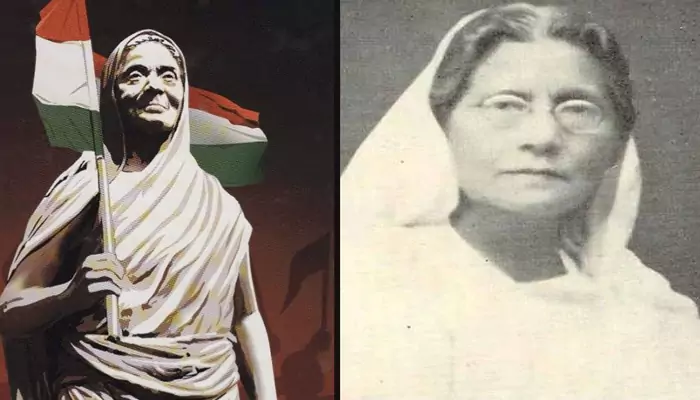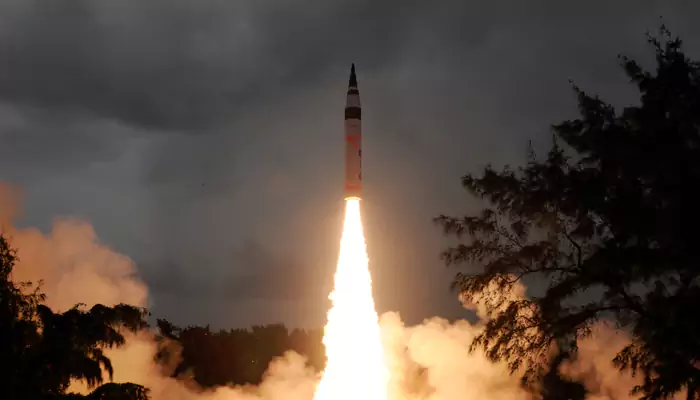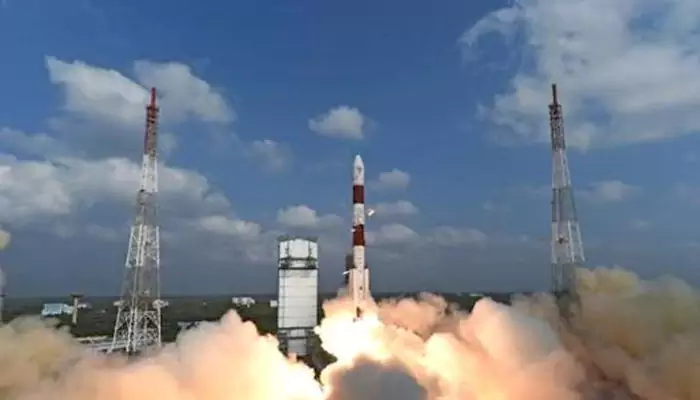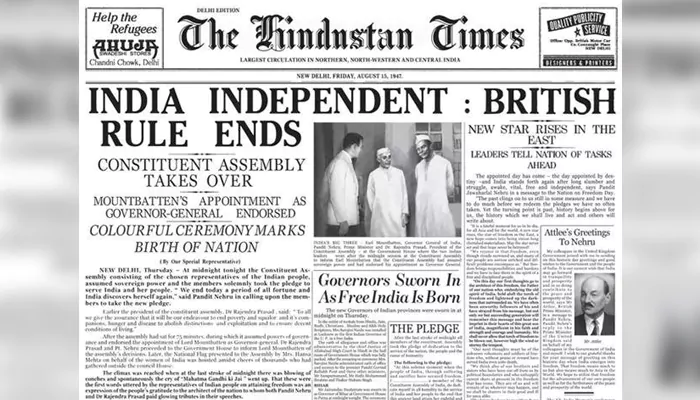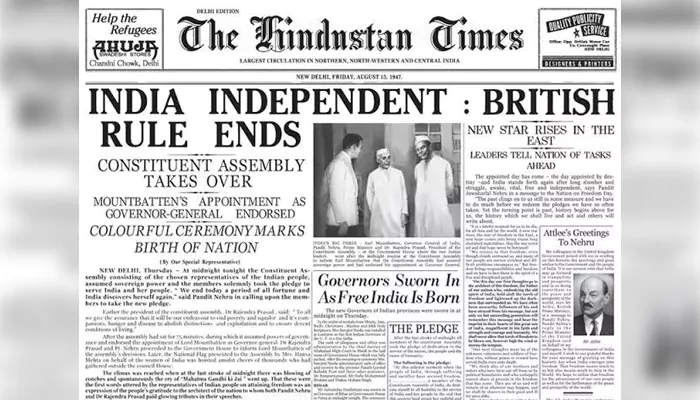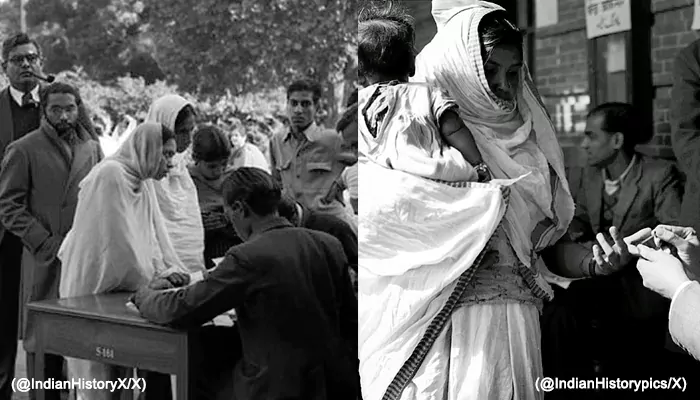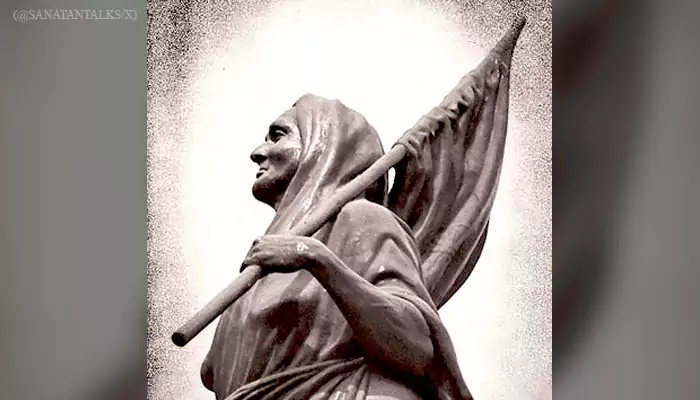
How strong is the fourth pillar in holding our democracy
In the dynamic landscape of Indian democracy, the influence of the media in elections has never been more pronounced. With each electoral cycle, the role of media evolves, adapting to new technologies and societal trends. From traditional news outlets to the digital realm of social media, the media continues to shape public discourse and influence electoral outcomes. Let's delve into the contemporary relevance of media in Indian elections, examining its impact through recent examples.
Social media in a campaign
One of the most significant developments in recent years is the exponential growth of social media platforms. With millions of users across the country, platforms like Facebook, Twitter, and WhatsApp have become battlegrounds for political messaging and propaganda. During the 2019 general elections, political parties leveraged social media to mobilise supporters, disseminate campaign material, and counter opposition narratives. However, this proliferation of digital information also led to concerns about the spread of misinformation and fake news. Instances of doctored images, misleading videos, and false narratives circulated widely, highlighting the need for media literacy and responsible reporting.
Political advertisements and media
In the run-up to the 2024 elections, the role of social media in shaping public opinion remains as pivotal as ever. Political parties are investing heavily in digital campaigns, using targeted advertising and influencer marketing to reach specific demographics. However, platforms like Twitter and Facebook have introduced measures to combat misinformation and improve transparency in political advertising. By disclosing ad spending and implementing fact-checking mechanisms, these platforms aim to mitigate the impact of false information on electoral outcomes.
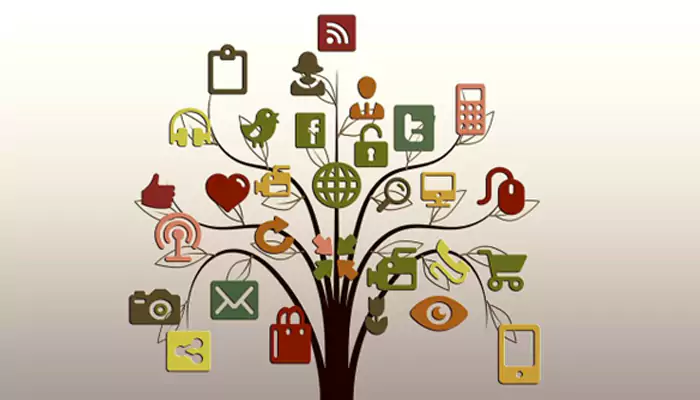
Covid and campaign
Furthermore, the COVID-19 pandemic has fundamentally altered the dynamics of election campaigning. With restrictions on public gatherings and rallies, political parties have turned to virtual platforms to connect with voters. In states like Bihar, where assembly elections were held amidst the pandemic, candidates relied on social media live streams and video conferencing to engage with constituents. The media played a crucial role in facilitating these virtual interactions, providing a platform for candidates to articulate their vision and address voter concerns in a safe and accessible manner.
News Media as Influencer
Moreover, the rise of digital news platforms has diversified the media landscape, providing alternative sources of information and perspectives. Websites and apps offering real-time election updates, analysis, and opinion pieces have gained traction among tech-savvy voters. This proliferation of digital content has democratised access to news and empowered citizens to engage more actively in the electoral process.
However, amidst the digital revolution, traditional media outlets continue to wield significant influence, particularly in rural and remote areas with limited internet connectivity. Regional newspapers, television channels, and radio broadcasts remain primary sources of information for millions of voters across the country. During state elections, regional media outlets play a crucial role in amplifying local issues and influencing voter sentiment.
The role of media in Indian elections is multifaceted and ever-evolving. From social media campaigns to traditional news coverage, media outlets shape public opinion, hold politicians accountable, and facilitate democratic participation. As we navigate the complexities of modern democracy, media organizations need to uphold ethical standards, combat misinformation, and empower citizens with accurate and impartial reporting. In doing so, the media reaffirms its commitment to the democratic ideals enshrined in the Indian Constitution, ensuring that every voice is heard and every vote counts.

